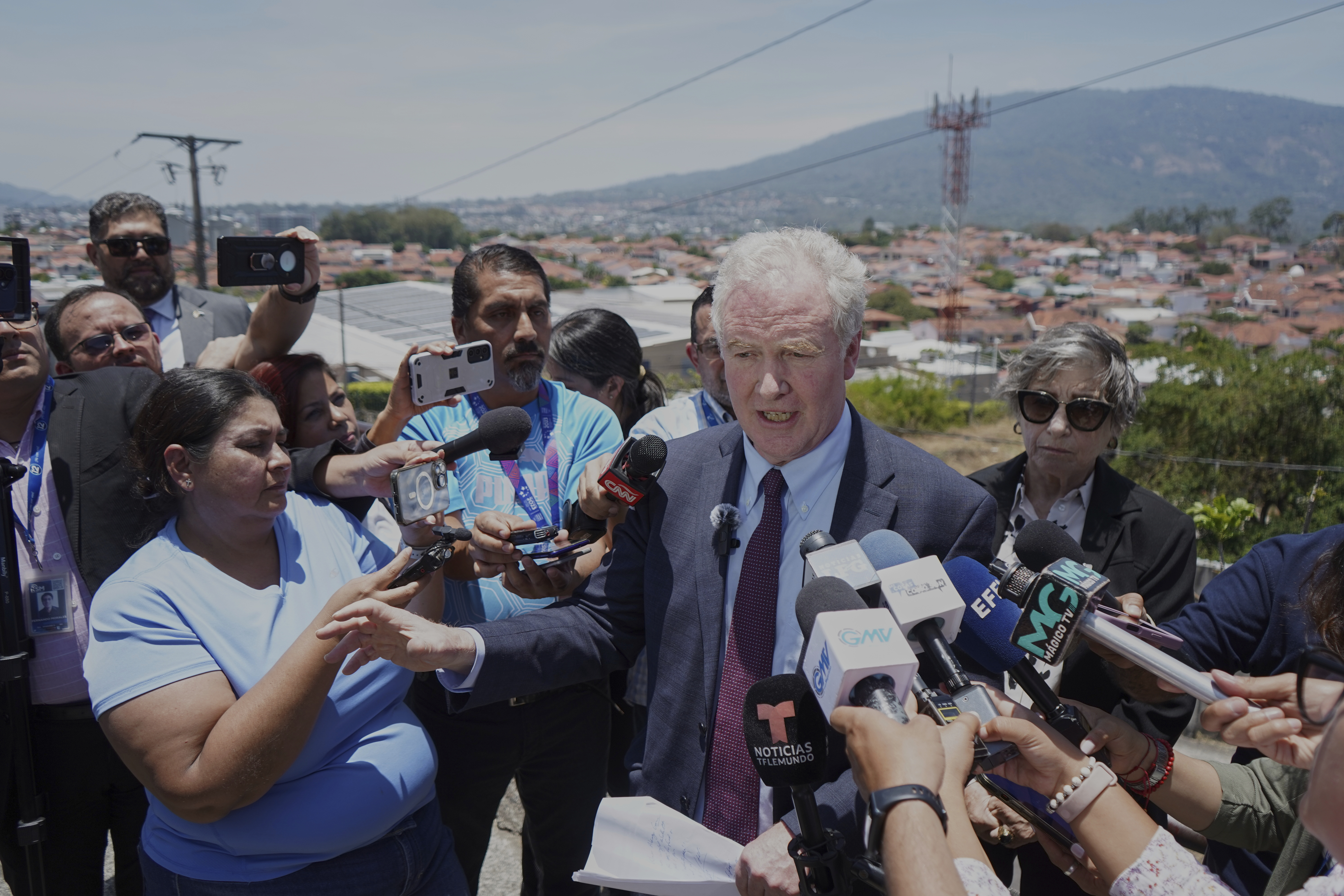When snow is falling and icicles are forming, happy thoughts of winter activities and snuggling up near a fire come easily. However, we can't let the beauty of the season cloud the dangers that come with heavy snow.
It's a message Mike Owens, the Fire Marshal with the Park City Fire District, says we need to continue to spread.
"Very often people will say to us, 'Hey it's the winter, it's your slow time.' This is one of our more busy times," Owens said. "I started here in Park City as a firefighter in 2005."
Owens says we've got to take a pause before any of us gets too settled in.
"All the things that people do to keep themselves comfortable in the cold, this is when it shows up," Owens said. "During this time of year, people are firing up their furnaces, they are using their heaters. Anytime anything in your house is burning, carbon monoxide is being produced. That's going to include your gas stove, your gas range, your water heater — if it's gas, you're going to have carbon monoxide being produced."
Typically, carbon monoxide is vented outside, and that's exactly how it's supposed to work. But that may not happen when there is too much snow.
"So what we see in the winter time, especially with heavy snowfall is if vents are being blocked that are typically not blocked," Owens said. "And if it builds up enough to the point where it's blocking your vent where you would want that carbon monoxide to normally go out, is now not available and it's going to build up inside your house."
According to the CDC, more than 100,000 people in the United States visit the emergency department each year due to accidental carbon monoxide poisoning. Every year at least 420 people die in the U.S.
North Tahoe Fire is one example of a fire department that's seen an alarming increase of these emergencies. They say since the start of 2023, gas leaks and carbon-monoxide related emergencies accounted for 20% of non-EMS calls. This year, Owen's team in Park City saw some scary incidents which he says could happen to anyone if proper precautions aren't in place.
"We did have a call, a medical response, where a family's carbon monoxide detectors were not functioning for a number of different reasons. One member of the family woke up sick and they were able to arouse other members of the family. Everyone ended up going to the hospital," Owens said.
He says incidents like this can absolutely be avoided.
"Every carbon monoxide incident, no matter how it happens, is 100% preventable if you have that carbon monoxide detector," Owens said.
The problem is the CDC says only 30% of American homes have functioning detectors.
"Where we run into problems are where people have removed the batteries and have not replaced the batteries or they've unplugged them from the wall — or another thing that can happen is they expire," Owens said.
The effects of CO poisoning on your body can be harmful and everlasting, so taking the extra steps to make sure your safety systems are in place can make a world of difference.

What Extreme Cold Does To Your House And The Things In It
In winter, many parts of the U.S. face extreme low temperatures — and all the household troubles frigid temps bring.










